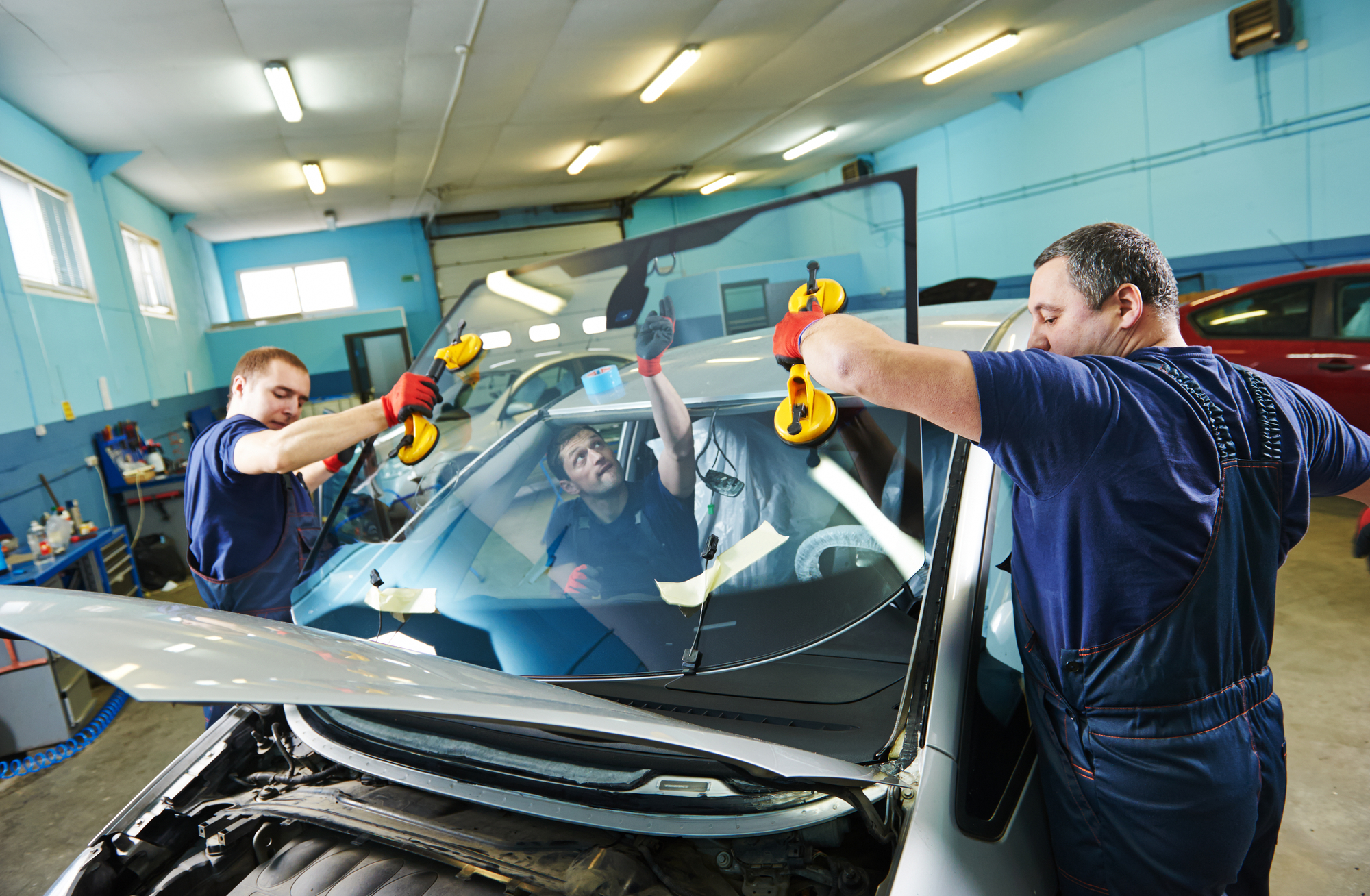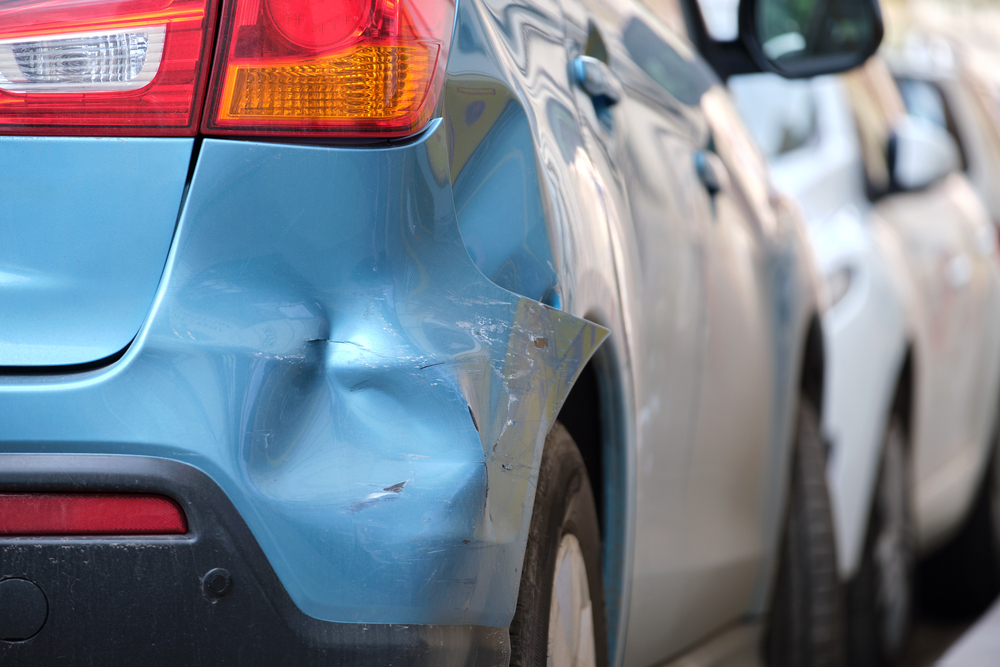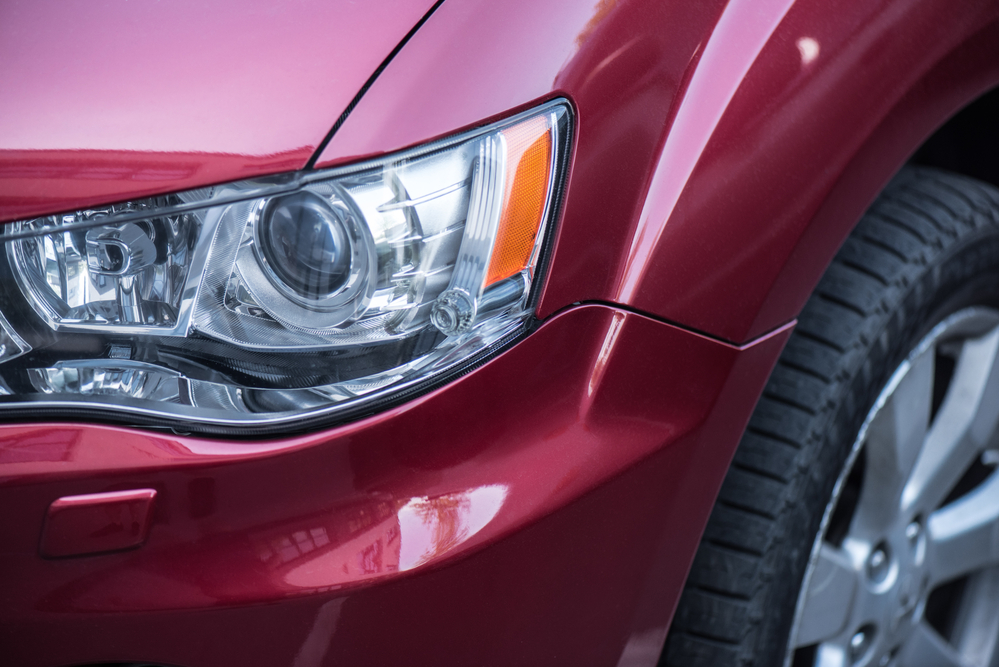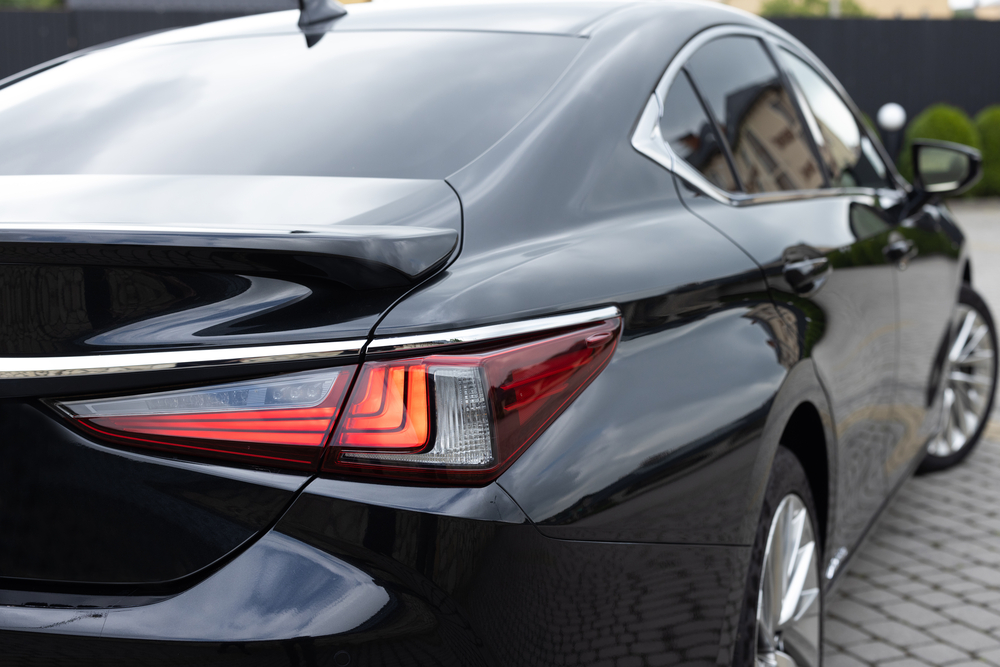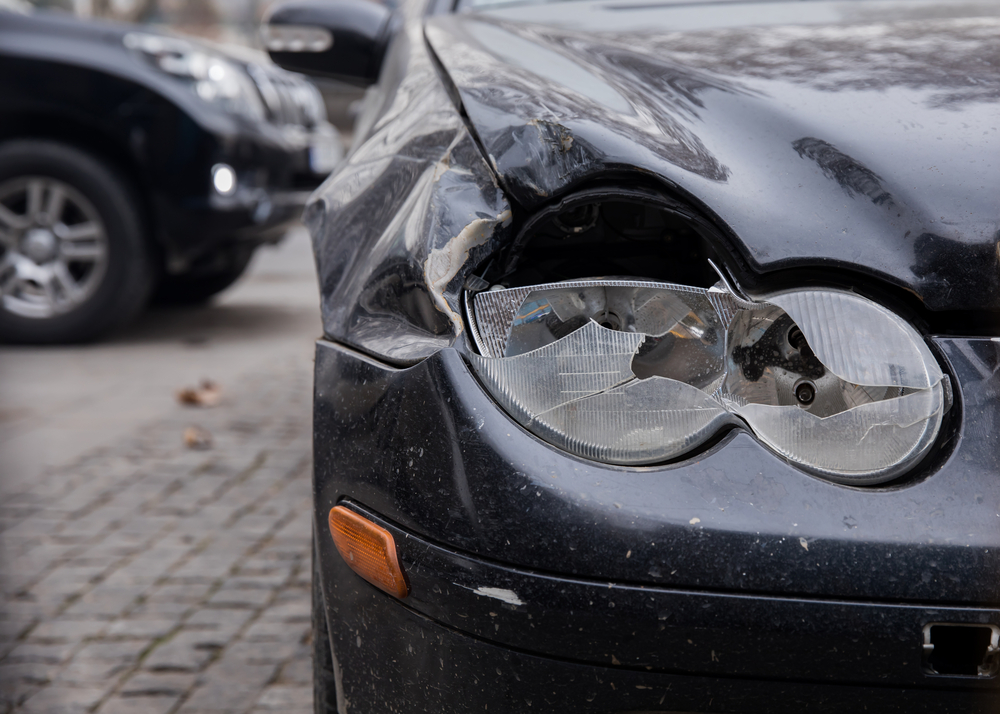Aside of the steering wheel and engine, your windshield is one of the most critical features on the vehicle. While a crack or chip in the windshield after a collision may seem minor when compared to other issues, those little cracks can soon become a big and expensive problem. In other words, even the smallest damages should be addressed after you have experienced an auto collision in South Jersey. Let’s discuss why you should get your windshield repaired soon after a collision.
The Purpose of the Windshield
The windshield is more than a barrier against the wind. It plays the crucial role in maintaining the structural integrity of your car and ensuring the safety of you and other occupants. Furthermore, the windshield provides added strength to the vehicle’s frame during collisions, which can often contribute to it becoming damaged.
Why Does Your Windshield Need to Be Repaired Quickly?
Prompt repair of a damaged windshield is imperative due to a multitude of reasons, all of which revolve around ensuring your safety, preserving your vehicle’s integrity, and saving you both time and money in the long run. Let’s take a look at some reasons why you need to get your windshield repaired quickly, especially if you reside in South Jersey:
Maintaining Integrity and Safety
Even seemingly minor cracks or chips can compromise this integrity, weakening the overall strength of your vehicle’s frame. Over time, the structural integrity of the windshield may degrade further, putting you and your passengers at increased risk in the event of an accident.
Additionally, even small cracks can refract light, causing glare and reducing clarity. By promptly repairing any damage to your windshield, you ensure optimal visibility on the road, thereby enhancing your safety and that of other road users.
Preventing Further Damage
What might start as a small chip or crack can quickly escalate into a much larger problem if left unattended. Changes in temperature, road vibrations, and even everyday driving conditions can cause the damage to spread rapidly. This not only exacerbates the visual impairment it causes but also makes it more challenging to repair.
Cost-Effectiveness
Timely windshield repair is not just about safety—it’s also about saving you money. Repairing a small chip or crack is typically much more affordable than replacing the entire windshield. Moreover, many insurance policies cover windshield repairs entirely or with minimal out-of-pocket costs, making it a financially sensible decision. By taking care of the problem early on, you can avoid the higher expenses associated with more extensive damage or replacement down the line.
What Could Happen if You Delay Windshield Repairs?
Delaying repairs on a damaged windshield can lead to various consequences, each posing risks to your safety and wallet. Cracks and chips left unattended can spread over time due to changes in temperature, road vibrations, and other environmental factors. Eventually, what started as a small blemish could expand into a significant fracture, impairing visibility and compromising the structural integrity of the vehicle. Moreover, in many jurisdictions, driving with a damaged windshield that obstructs the driver’s view may result in fines or citations.
What Happens During Windshield Repair?
When you bring your vehicle in for windshield repair, skilled technicians follow a process to assess, repair, and restore the integrity of the damaged glass. Here’s a detailed overview of what typically occurs during a windshield repair:
1. Assessment and Evaluation
The repair process begins with a thorough assessment of the damage. Technicians examine the size, location, and severity of the chip or crack to determine if it’s suitable for repair. Factors such as the size of the damage and its proximity to the edges of the windshield are carefully considered during this evaluation.
2. Cleaning and Preparation
Before any repairs can commence, the damaged area of the windshield must be cleaned thoroughly to remove any debris, dirt, or moisture that could interfere with the repair process. Specialized cleaning solutions and tools are used to ensure the surface is free of contaminants and properly prepared for repair.
3. Injection of Resin
Once the damaged area is clean and dry, the technician applies a specialized resin to the chip or crack. This resin is specifically formulated to bond with the glass and fill in the damaged area, restoring its structural integrity. The resin is injected into the damaged area using a specialized tool, ensuring thorough coverage and proper sealing.
4. Curing and Hardening
After the resin is applied, a UV light or similar curing mechanism is used to harden and solidify the material. This process typically takes just a few minutes and ensures that the repaired area becomes strong and durable. Once cured, the resin blends seamlessly with the surrounding glass, minimizing the visibility of the repair and restoring the windshield’s appearance.
5. Inspection and Polishing
Once the resin has fully cured, the technician performs a final inspection to ensure that the repair meets quality standards. Any excess resin is carefully removed, and the repaired area may be polished to further enhance its appearance and clarity. The goal is to achieve a smooth, even surface that is virtually indistinguishable from the surrounding glass.
6. Testing and Quality Assurance
Before returning your vehicle to you, the repaired windshield undergoes rigorous testing to ensure its integrity and effectiveness. The goal is to verify that the repair has successfully restored the structural integrity of the windshield and that it meets safety standards.
Contact a South Jersey Auto Collision Repair Center Today
Timely intervention can help preserve the safety and integrity of your windshield, ensuring your peace of mind on the road. If your vehicle’s windshield has sustained damage, don’t wait to address it. Elmer’s Auto Body has over 75 years of restoring vehicles back to their pre-accident condition. Contact one of our three locations as soon as possible or fill out the online form to schedule an appointment. It’s time to get your vehicle back on the road.

